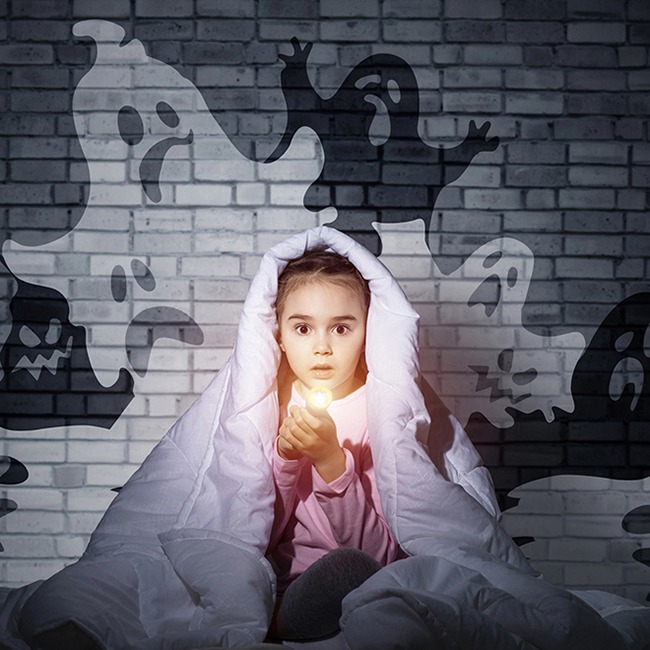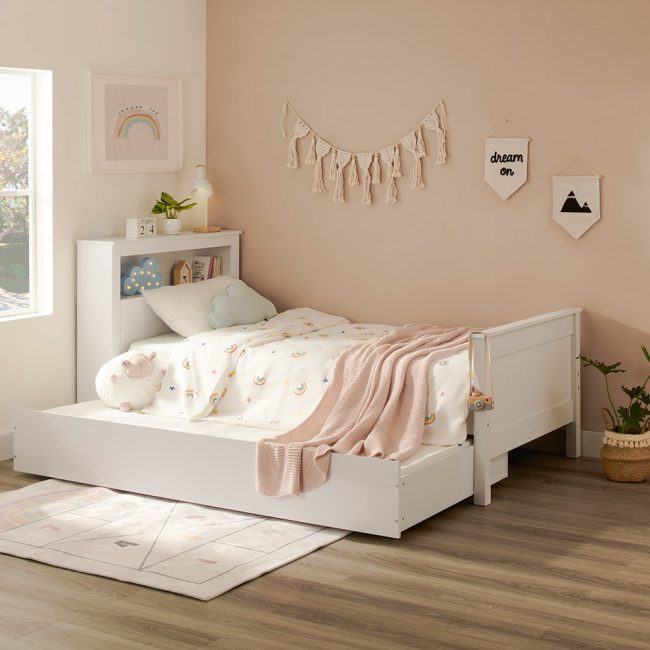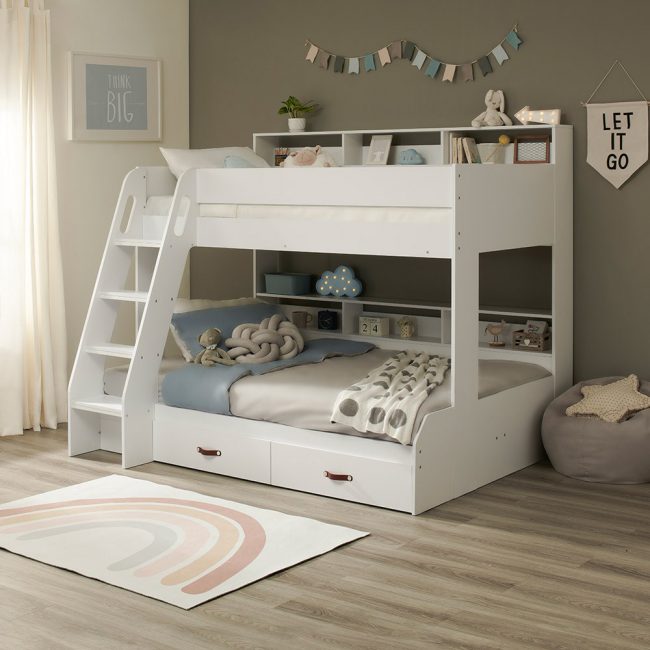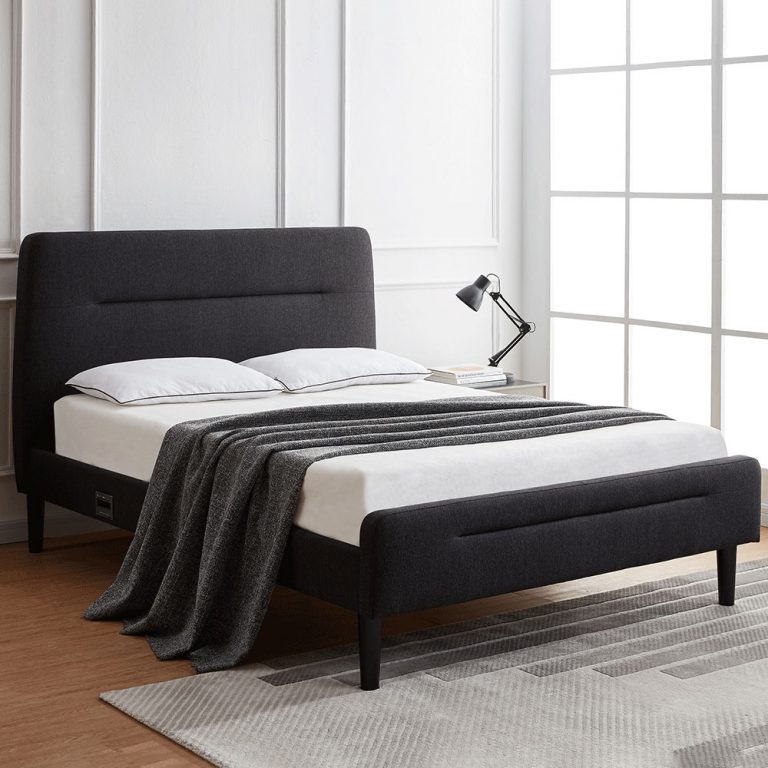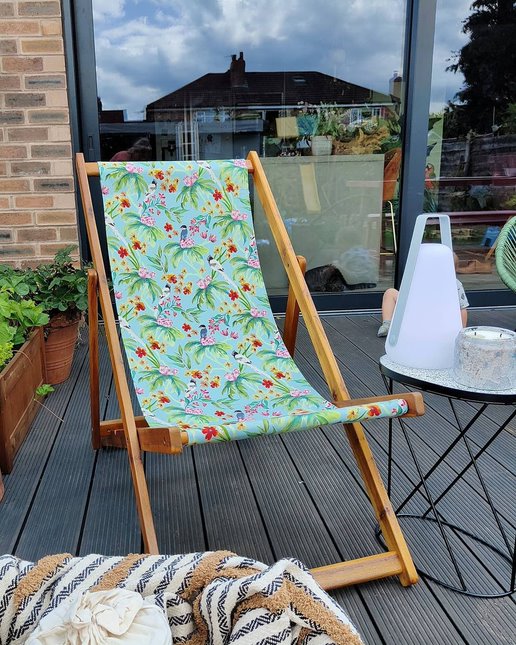Sleeping in the Dark or with the Lights on? A Parents’ Guide. Part 1
Cast your mind back to when you were little – did you insist on having the hallway light on overnight, or make your mum or dad check the shadows for monsters before you could sleep? We certainly did!
Being scared of the dark is common in young children, and it’s a fear that often goes away on its own as they get older (and a whole host of new worries kick in – we wouldn’t go back to being a teenager if you paid us!)
However, even if you know it’s normal and experienced it yourself, as a parent or caregiver, it is still difficult to see your child in distress. You may therefore be wondering about the best way to help your little one with their fear, or if it’s ok to let them sleep with the light on.
If this sounds like you, read on for part 1 of our expert guide to understanding and approaching your child’s fear of the dark and tips to ‘brighten up’ bedtime!
Why Kids Are Afraid of the Dark
Before tackling any fear, you need to understand its cause. There are several reasons that children (and adults!) might be afraid of sleeping in the dark. Here are some of the most common:
- Imagined threat
With the dark comes the unknown, and kids often fill that unknown by imagining a monster, ghost, burglar or something else scary lurking under their kid’s bed or in the shadows. Pre-schoolers especially can’t yet separate fantasy from reality, so everything they imagine seems real to them – which is understandably terrifying! - Nightmares
Along with the potential monsters in their room, kids also have to contend with the ones in their dreams, with as many as 50% of children aged 3 – 6 suffering nightmares (honestly, being a kid sounds exhausting!) Bad dreams can be terrifying for children, and of course, usually happen in the middle of the night, so kids associate them with the dark. - Scary movies
You don’t need to have allowed your child to watch a horror movie for them to have seen something on TV or online that has frightened them. There are some pretty terrifying Disney movies out there! If a scary scene happens at night, they may now associate this with the dark, or it may cause nightmares. - Fear of being alone
For some children, their fear of the dark might come from separation anxiety or not wanting to be alone. In this case, kids will often ask you to stay until they fall asleep or ask to sleep in your bed with you. - Anxiety
Over 70% of children aged 4 – 12 report some night-time fears, showing the prevalence of night-time anxiety. But, if your child is constantly worried or their fears are severely impacting them, it could be part of an anxiety disorder.In Helping Your Anxious Child, Ronald M. Rapee Ph.D. et al. state that ‘Diagnosable anxiety disorders are found in around one in ten children’. If you are concerned your child may have an anxiety disorder, consult your doctor for advice.
- Nyctophobia
Sometimes, kids don’t grow out of their fear of the dark and it significantly affects their quality of life as they get older – for example, they may have insomnia or refuse to go to bed because of it. In this case, they may be suffering from nyctophobia – an extreme, irrational fear of the dark.Depending on the severity of the phobia, your child may experience physical symptoms such as difficulty breathing, chest pain, dizziness, sweating, as well as an overwhelming feeling of panic at even the thought of being in darkness.
Some factors that may contribute to the development of nyctophobia include a traumatic experience, such as being involved in an accident, an anxious parent or guardian, or a genetic disposition to develop the phobia.
There may be little you can do to assuage your child of nyctophobia (if you have an extreme phobia yourself, you’ll understand – there’s nothing anyone could say to make us love spiders!) If you suspect your child has nyctophobia, make an appointment to see your doctor to discuss diagnosis and treatment options, which can include cognitive behavioural therapy.
How Can You Help?
Now you understand some of the possible reasons for your child’s fear of the dark, here are some ways you can help:
1. Leave a (red) light on
Ok, it might be stating the obvious, but the simplest solution is to leave a light on. The NHS recommends using a nightlight or leaving the landing light on for young children who are afraid of the dark, and this might be the only way your child feels safe enough to sleep.
However, the Sleep Foundation advises that, ideally, we should all sleep in a dark environment, as light can disrupt our circadian rhythm and reduce sleep quality. Artificial or blue light is the worst, so choose a night light with a red bulb for your little one to cause the least impact on their sleep.
A dimmable option will allow you to gradually decrease the amount of light in your child’s room over time, getting them used to a darker environment.
2. Talk to and reassure them
It is important to validate your child’s feelings by talking with them about their fear. It might help to explain that everyone has fears, including yourself. Reassure them that they’re safe and that you’re nearby if they need you. You might also need to get your monster-hunting hat on and check under the bed to prove nothing is lurking there (except old socks!)
3. Limit screens
Try not to let your child view scary content and avoid screens for at least an hour before bed. Instead, do calming activities like colouring and have a consistent bedtime routine that prepares them for sleep, e.g. a soothing bath and bedtime story (just not a ghost story!)
4. Give them a comforting toy
Most children will have a favourite toy(s) or blanket that offers them comfort. Ensure this is with them in bed and encourage them to see the toy as their night-time ‘protector’ who will look after them when you’re not there. This can also help kids who don’t want to be left alone.
5. Let them loose with a paintbrush (sort of!)
You can also adapt the design of your child’s bedroom to help with their fear of the dark. For example, you could fix glow-in-the-dark strips to the stairs of their bunk bed or add stars to their ceiling so they’re never in total darkness. Paint walls in calming shades like blue and grey, and use plenty of soft furnishings to make it feel cosy.
Where possible, involve your child in designing their room, to ensure it’s an environment they find appealing, and are comfortable in. For example, you could allow them to choose their new kid’s bed (from your list of pre-approved options!)
Our Aviary Triple Sleeper Bunk Bed is great for kids who are afraid of the dark, as it has a shelf running alongside the bed that is perfect for keeping a nightlight or torch nearby.
Lights on or off?
Ultimately, if your little one is happier dosing off in the light, let them. Most children naturally grow out of being afraid of the dark, so hopefully, it won’t be for long, and the important thing is that they feel comfortable enough to sleep soundly through the night (we can hope!)
Look out for part 2 of our guide for bedtime story recommendations to help your child feel safer at night. In the meantime, if you have any questions about our kid’s furniture, get in touch with our kid’s bed experts at customerservice@cuckooland.com.
